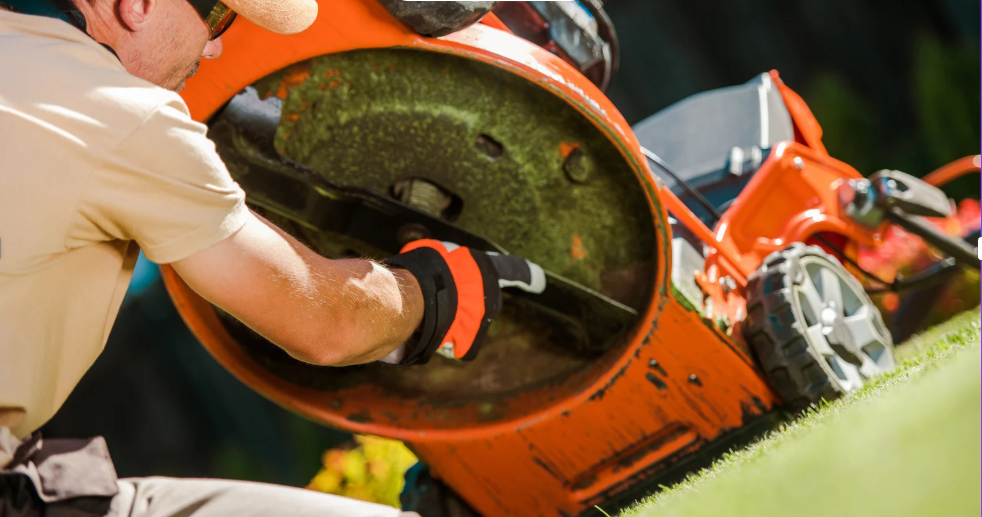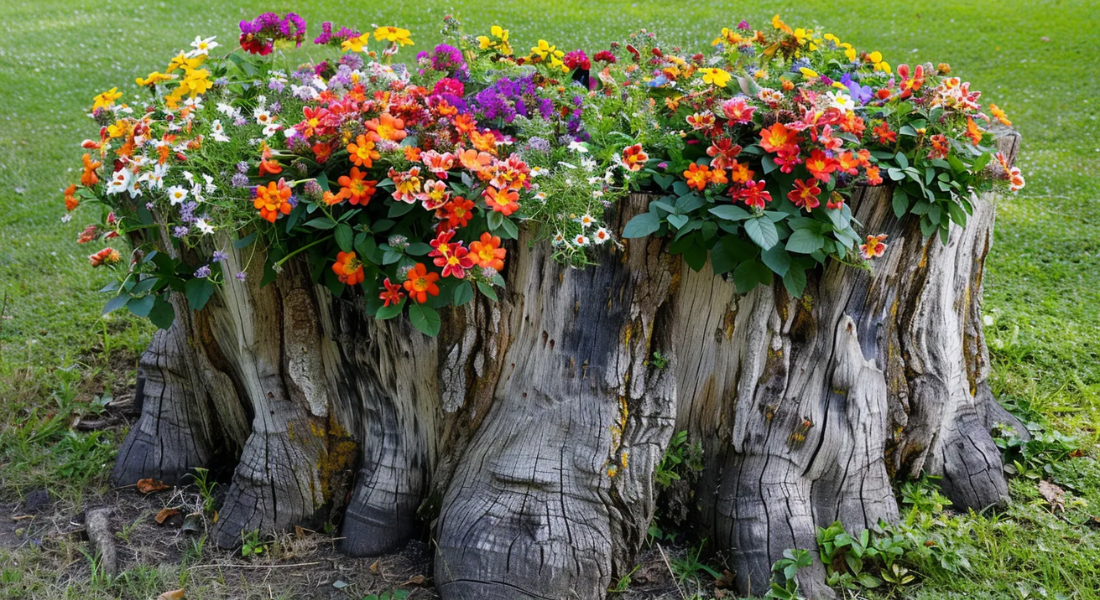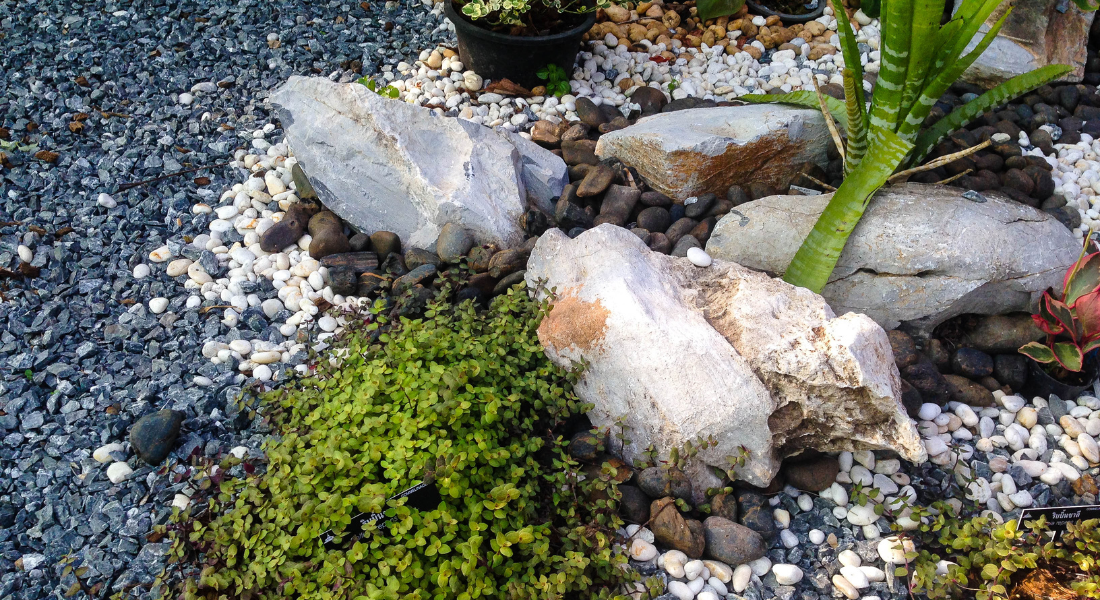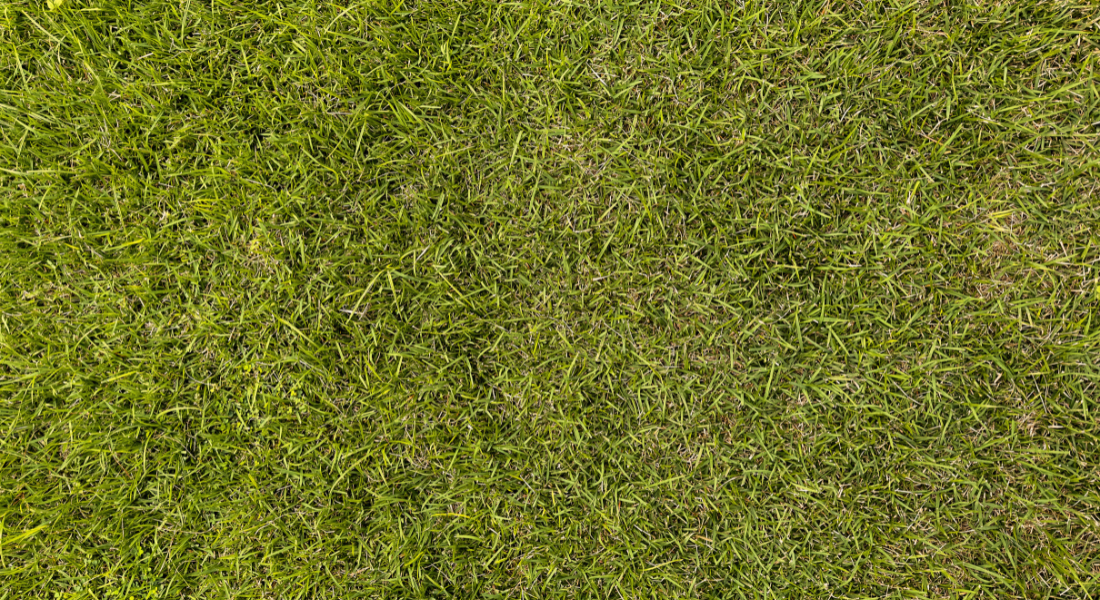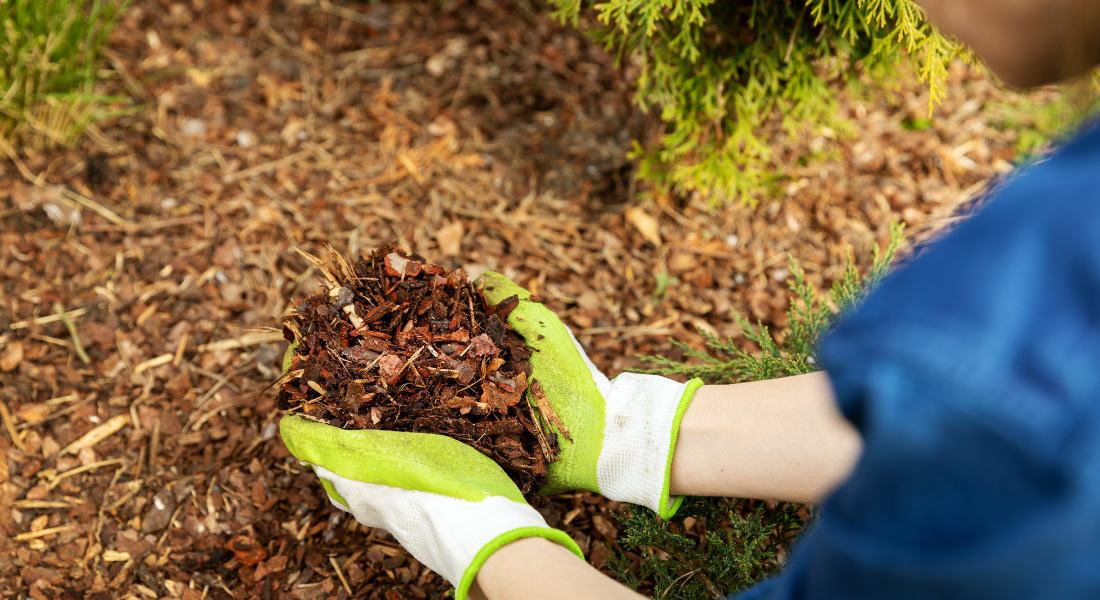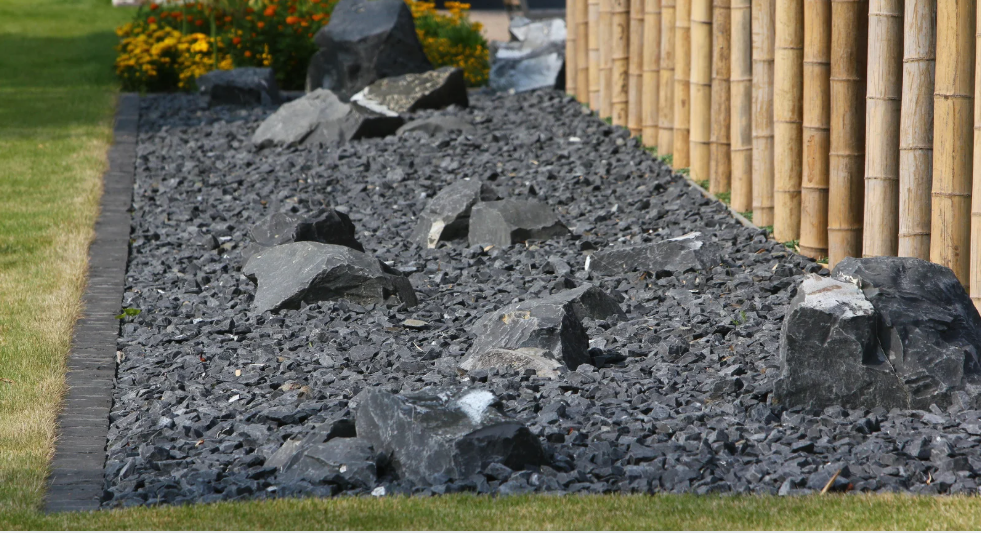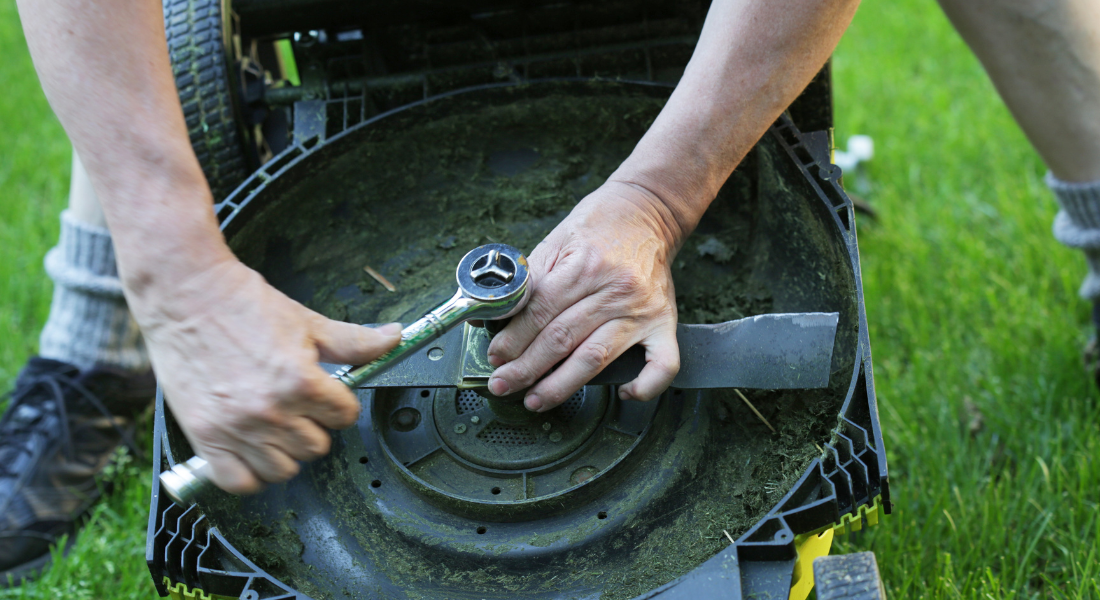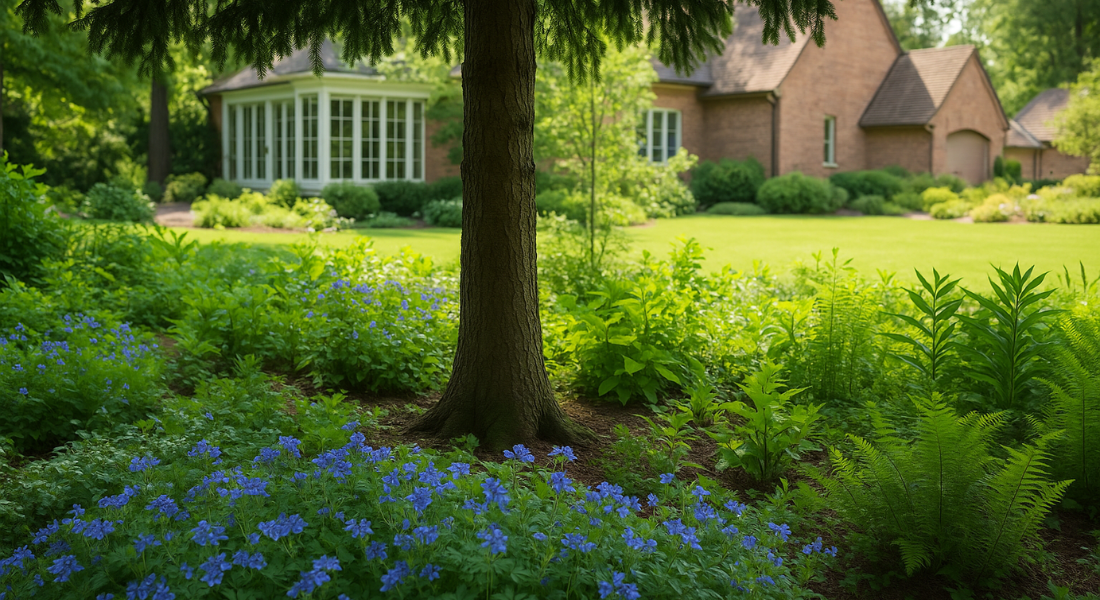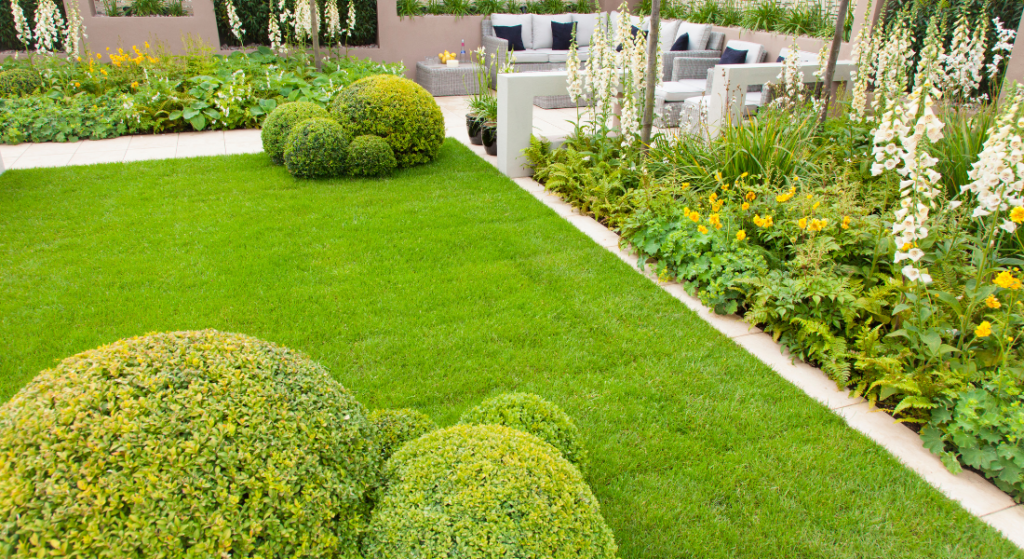How to Fix Common Lawn problems
A lush, green lawn is the envy of every homeowner, but a perfect lawn requires its fair share of lawn maintenance . From stubborn weeds to bare patches, various issues can mar the beauty of your outdoor space. In this comprehensive guide, we’ll delve into the 10 most common lawn problems and provide practical solutions to help you achieve a healthy, vibrant lawn that will be the talk of the neighborhood.
Dealing with Bare Spots
Why does it matter? Bare spots can make your lawn appear patchy and unkempt. These areas are often a result of various factors, such as heavy foot traffic, pet urine, or disease.
How to fix it: Start by raking the bare spots to remove any dead grass or debris. Then, sprinkle grass seed over the area and gently press it into the soil. Water regularly and avoid heavy foot traffic until the new grass is established. Applying a layer of topsoil or compost can also enhance seed germination.
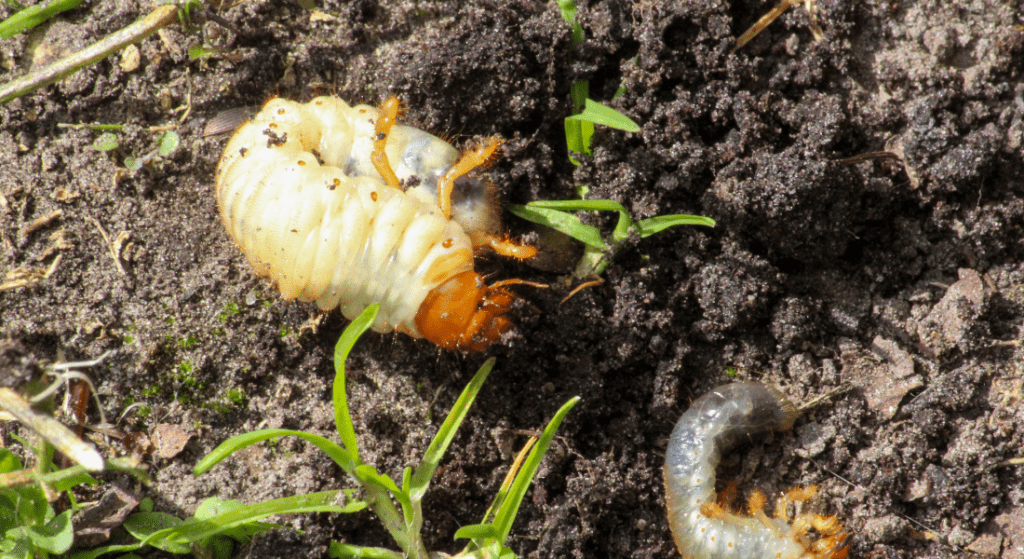
Battling Grubs in Your Lawn
Why does it matter? Grubs, the larvae of beetles, can wreak havoc on your lawn by feeding on grass roots. This can lead to brown patches and weakened turf.
How to fix it: Identify grub infestations by digging up a small section of your lawn. If you find more than a few grubs per square foot, consider applying an appropriate insecticide. Alternatively, beneficial nematodes can be used to control grub populations naturally.
Controlling Crabgrass Invasion
Why does it matter? Crabgrass is a common, unsightly weed that invades lawns, especially in warmer months. It competes with your grass for nutrients, water, and sunlight.
How to fix it: Prevent crabgrass by applying a pre-emergent herbicide in early spring. If crabgrass has already taken hold, post-emergent herbicides can help. Additionally, maintaining a healthy lawn through proper watering, mowing, and fertilization can discourage crabgrass growth.
Tackling Weed Infestations
Why does it matter? Weeds compete with your grass for essential resources and can quickly spread if not addressed promptly.
How to fix it: Regularly inspect your lawn for weeds and manually remove them or use herbicides designed for your specific grass type. Applying a pre-emergent herbicide in early spring can also prevent weed seeds from germinating.
Understanding Compacted Soil
Why does it matter? Compacted soil restricts the movement of air, water, and nutrients to the grassroots, leading to poor growth and health.
How to fix it: Aerate your lawn using a specialized aerator to create holes in the soil, allowing for better air and water circulation. Follow this up with overseeding to promote new grass growth.
Combating Lawn Fungus
Why does it matter? Fungal infections can cause unsightly patches, discoloration, and even death of grass in severe cases.
How to fix it: Improve air circulation by trimming overhanging branches and avoiding excessive watering. Fungicides can be applied if the issue persists, but it’s crucial to identify the specific fungus affecting your lawn for targeted treatment.
Addressing Dog Urine Spots
Why does it matter? Dog urine contains concentrated salts that can burn grass, leaving yellow or brown spots.
How to fix it: Encourage your furry friends to drink more water to dilute their urine. Water the affected areas immediately after your dog urinates to minimize the damage. Reseeding and applying gypsum to neutralize the soil can also help restore the damaged spots.
Resolving Thin Grass Issues
Why does it matter? Thin grass allows weeds to take root and can make your lawn look less appealing.
How to fix it: Overseed your lawn with quality grass seed to fill in thin areas. Ensure proper watering and fertilization to promote thick, healthy grass growth.
Understanding the Importance of Aeration
Why does it matter? Compacted soil and thatch can impede water and nutrient absorption, hindering grass growth.
How to fix it: Regularly aerate your lawn to alleviate soil compaction and allow the grassroots to access essential nutrients. This simple practice can significantly improve the overall health of your lawn.
Choosing the Right Type of Grass
Why does it matter? Different grass varieties thrive under specific conditions. Choosing the wrong type for your climate or soil type can lead to a lackluster lawn.
How to fix it: Research and select grass varieties that are well-suited to your region’s climate and soil conditions. Consult with local experts or nurseries for personalized recommendations.
In conclusion, maintaining a lush, green lawn requires proactive care and attention. By addressing these 10 common lawn problems and implementing the suggested solutions, you can enjoy a vibrant and healthy lawn that enhances the beauty of your outdoor space.
Key Takeaways:
- Regularly do lawn maintenance for signs of common problems.
- Act promptly to address any issues to prevent them from worsening.
- Follow proper lawn care practices, including watering, mowing, and fertilizing.
- Choose the right type of grass for your region to ensure optimal growth.
- Aerate your lawn regularly to promote healthy soil and grassroots.
Our SOD Installation Guide provides all the information you need for a lush, green lawn.
Frequently Asked Questions About Lawn Care
Q. What is the most common mistake seen when treating lawns?
A. The most common mistake in lawn care is neglecting soil conditions. Many people focus on mowing and fertilizing but overlook the health of the soil. Compacted soil, excessive watering, or nutrient deficiencies often underlie lawn issues. It’s crucial to regularly assess and care for soil conditions to ensure a healthy foundation for your lawn.
Q. How do I find out what’s wrong with my lawn?
A. To identify issues with your lawn, start by conducting a thorough inspection. Look for signs such as yellow patches, thin grass, or the presence of weeds. Additionally, check the soil condition by digging up small sections from different areas. Assess soil density and moisture levels. If problems persist, identify the specific cause and seek appropriate solutions.
Q. What is killing my lawn?
A. Several factors can contribute to the decline of your lawn. Pest infestations like grubs or fungal diseases can be detrimental. Weeds competing for nutrients, improper watering, and excessive use of fertilizers or herbicides can also harm your lawn. Identifying the specific issue is crucial for implementing targeted solutions to revive your lawn.
Q. How do you fix a weak lawn?
A. To strengthen a weak lawn, start with a comprehensive evaluation of soil conditions. Ensure the soil is loose and not overly compacted. Balance fertilization according to your grass’s needs, and maintain proper soil moisture through adequate watering. Ensure your lawn receives sufficient sunlight. If there are damaged areas, reseed with quality grass seed and provide special care to those sections.
By understanding the factors influencing your lawn’s health and taking appropriate actions, you can maintain a beautiful and resilient lawn in your outdoor space.
